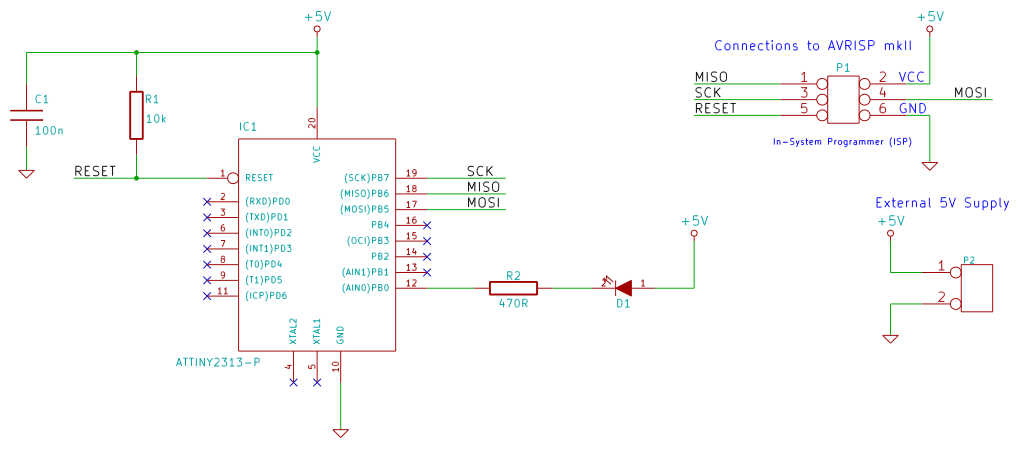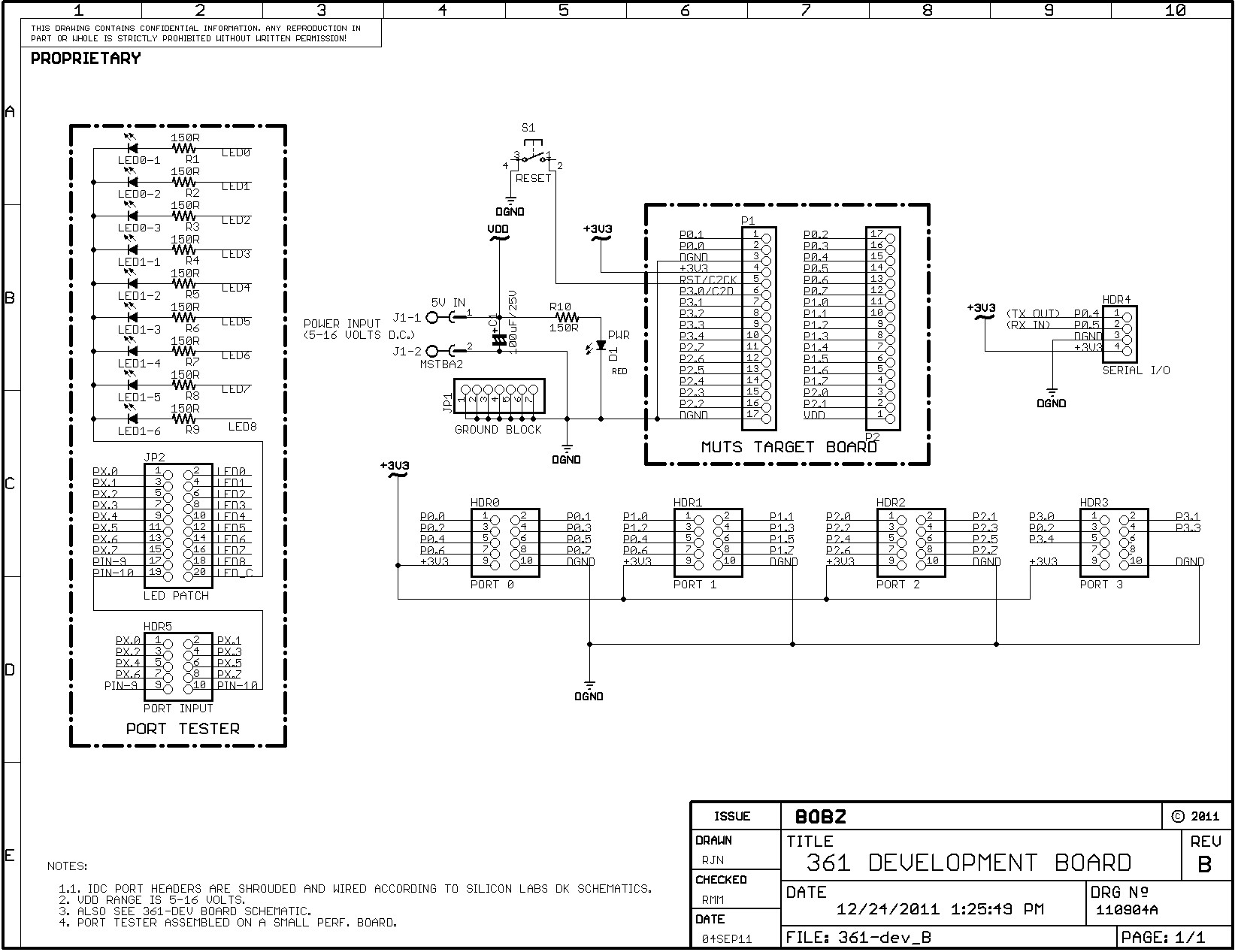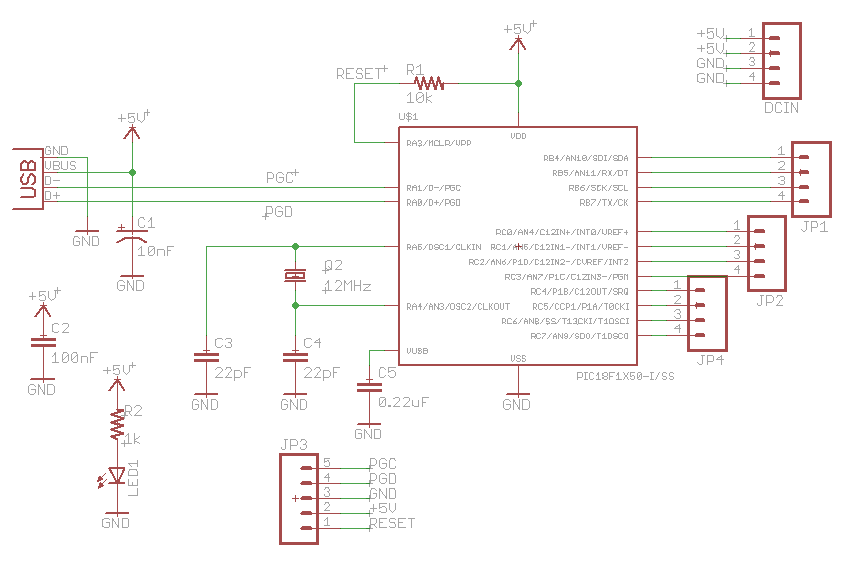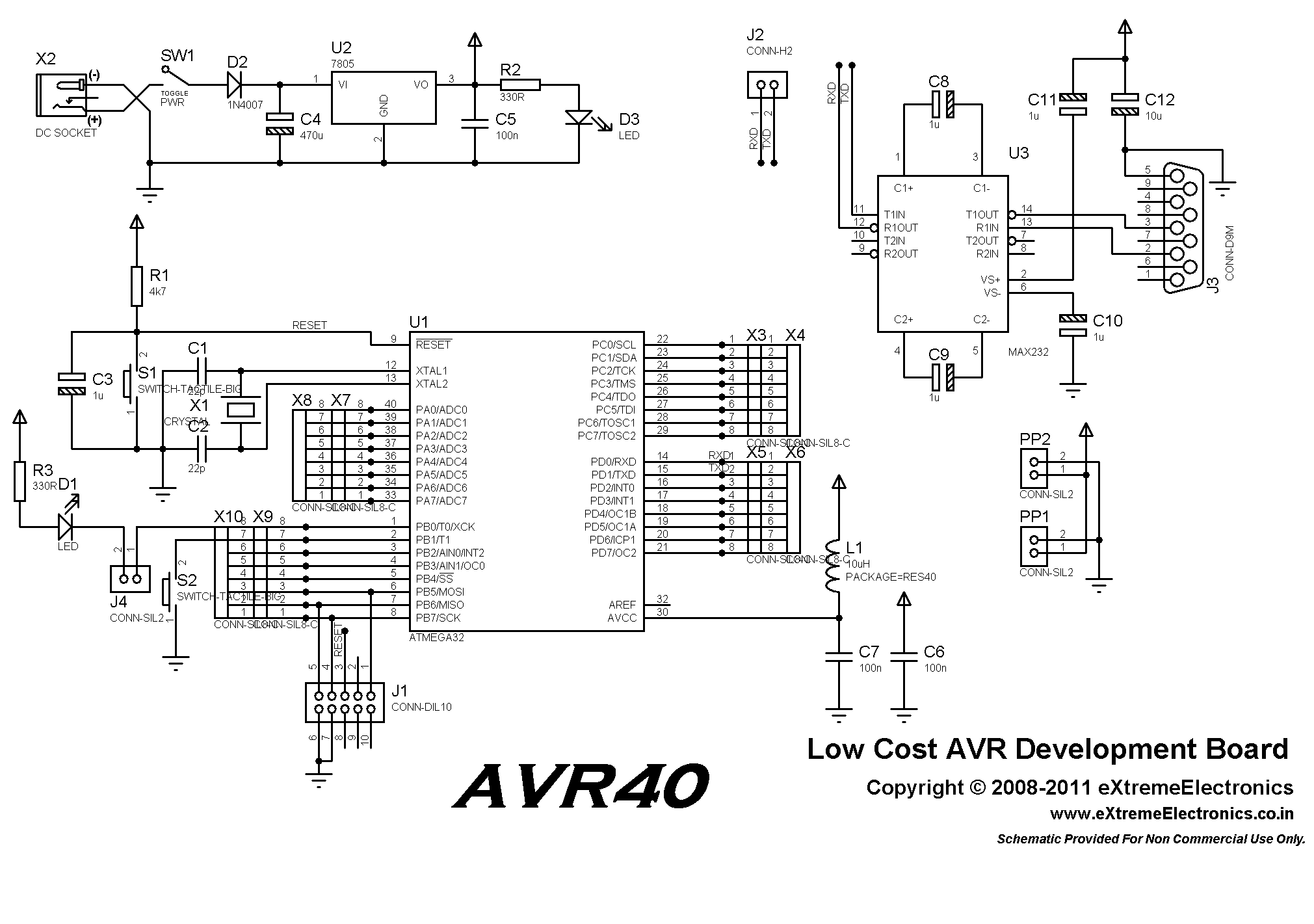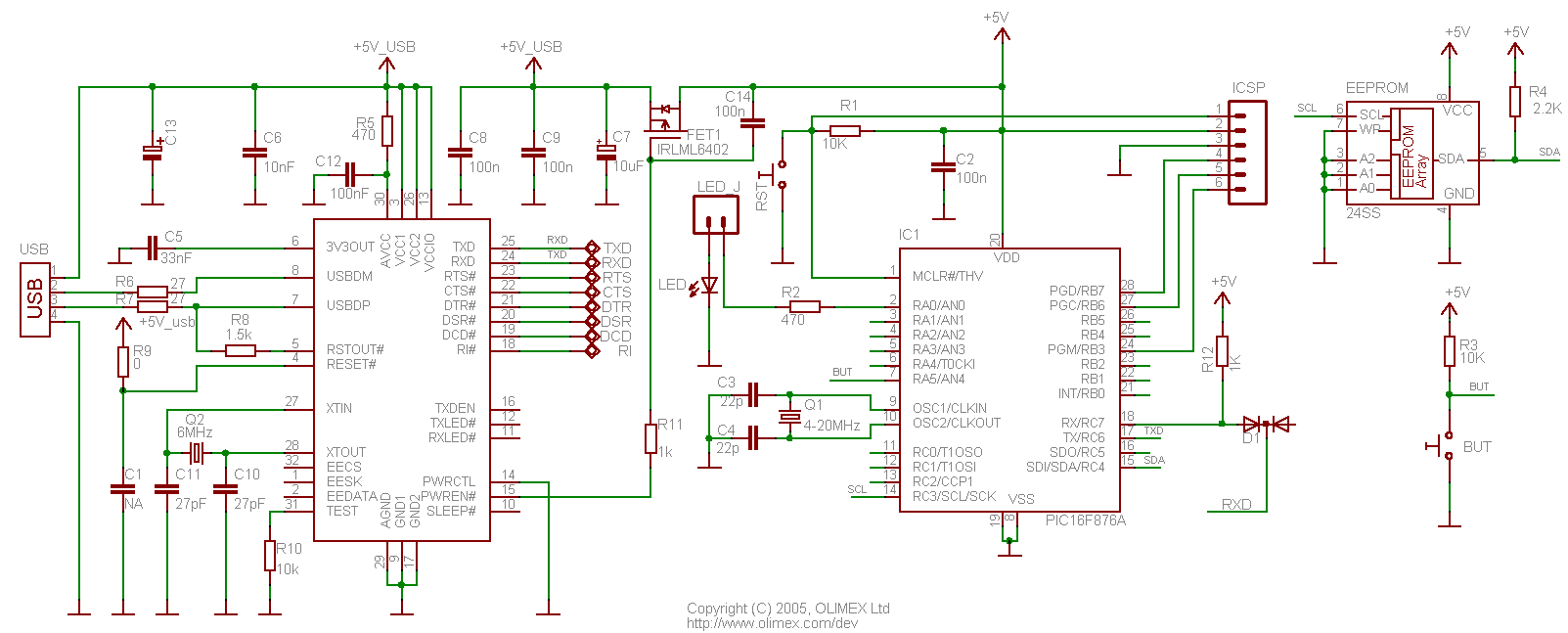
Research and Development
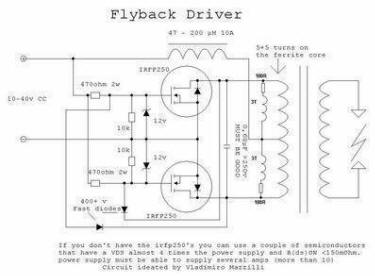
The Jacob's Ladder is straightforward to build, yet its operation is fascinating. The spark initiates at the bottom where the distance between the wires is minimal, and as heat causes the plasma to rise, it stretches between the electrodes until the current is insufficient to sustain the arc. The maximum arc width is determined by the current, which is the flow of electrons in the circuit. The initial gap distance is influenced by the voltage, representing the potential energy of the electricity. Once the arc reaches its maximum width, it breaks, and the cycle begins anew. The construction of Jacob's Ladders has transformed into a form of underground art. Observations have noted Jacob's Ladders powered by distribution transformers operating at over 50 amps at 220VAC, generating unusual magnetic fields. In one experiment, metal garage doors appeared to "breathe" in sync with the arcs of the ladder. The accompanying photo depicts a simple Jacob's Ladder, captured with a time delay exposure to illustrate the arc's trail and evolution. The image showcases a sequence of stable arcs that leap like quanta as they ascend. To the naked eye, a Jacob's Ladder resembles a continuous ball of flame suspended between two electrodes. The Lightning Dipole Project aims to detect lightning strikes through the capacitance differences between a dipole and conductors within the wiring. Each lightning strike produces a strong EMF gradient that radiates outward from the strike location. By positioning a dipole antenna perpendicular to the field gradient, a spike of high voltage can be measured. For bulk units, Maxwell and Atomic pulse capacitors are utilized, often in conjunction with TDK laser pulse capacitors and polypropylene capacitor networks arranged in series and parallel formations. Bleeder resistors may be incorporated for regulation and safety, while AC and DC networks are organized within custom safety enclosures. Each capacitor string is configured in series, with each string inverted relative to the previous one to evenly distribute potential manufacturing errors. The most effective capacitors are rated for AC voltage; however, when constructing AC ratings from DC capacitors, the common guideline is to multiply by three. Therefore, to manage a tank with a 30KV AC waveform, capacitors rated at 90KV DC are required for safe operation. This small, single-stage voltage multiplier can convert a 12KV NST to produce a 38KV DC output, though arcing may occur in air between capacitor legs. Hydraulic fluid serves as a cost-effective alternative to expensive Dahlia transformer oil. The small copper rings integrated into the design are essential, facilitating easy connections and disconnections while preventing the solder arc issue, which can be severe due to solder bits arcing in air. With these rings, higher voltages can be achieved without the typical arcing problems. The diode strings initially used for the multiplier design have been phased out in favor of high-voltage diodes, allowing for a more compact multiplier design. Although the diode strings performed well initially, replacing them became frustrating when some diodes failed, such as when they exploded. This compact, single-stage voltage multiplier can take a 7.5KV NST and produce up to 21KV DC, representing the smallest practical design before arcing begins to occur internally.
The Jacob's Ladder operates on the principle of creating a continuous arc discharge between two electrodes that are positioned vertically. The arc is initiated at the base where the electrodes are closest together. As the arc forms, it generates heat, which causes the surrounding air to ionize and create a plasma channel. This channel allows the arc to rise as the heated air expands. The phenomenon is influenced by the electrical characteristics of the circuit, including voltage and current levels, which dictate the arc's behavior and stability.
The design of the circuit includes careful consideration of component selection, particularly capacitors and diodes, which play critical roles in managing the high voltages involved. The use of high-voltage capacitors rated appropriately for AC and DC applications is essential for ensuring the reliability and safety of the system. The incorporation of bleeder resistors is a standard practice to prevent potential over-voltage situations and to discharge the capacitors safely when the system is powered down.
In addition to the basic Jacob's Ladder, advanced applications such as the Lightning Dipole Project highlight the versatility of this technology. By detecting the electromagnetic fields produced by lightning strikes, it is possible to harness energy from natural phenomena. This application requires precise alignment and configuration of the dipole antenna to maximize the detection of high-voltage spikes generated by lightning.
The construction techniques employed, such as the use of copper rings for connections, enhance the system's performance by minimizing the risk of arcing at connection points. This design consideration is crucial in high-voltage applications where arcing can lead to component failure or hazardous situations.
Overall, the Jacob's Ladder and its associated technologies represent a fascinating intersection of art and science, showcasing the potential for creative expression through electrical engineering while also providing practical applications in energy harvesting and high-voltage systems.While the Jacob`s Ladder is simple to construct, the operation is quite interesting. The spark starts at the bottom where the gap between the wires is close and then heat makes the plasma rise and stretch between the electrodes until there is no longer enough current to continue the arc. The maximum width of an arc depends on the current (or the volume of electrons flowing in the electricity).
The initial break distance is dependent upon the voltage (or the potential energy of the electricity). Once the arc reaches maximum width, it breaks. Then, the whole operation starts over again. The making of Jacob`s Ladder has evolved into a type of underground art form. We have observed Jacob`s Ladders powered by distribution transformers that run at over 50amps at 220VAC which emit strange magnetic fields.
In this particular experiment, the metal garage doors would `breath` in and out in synchrony with the arcs of the ladder. The photo below is of a simple Jacob`s Ladder. In particular, this photo used an exposure time delay to show the trail and evolution of the arc itself.
You can see the sequence of stable arcs which formed and jumped like quanta in the process of climbing the ladder. In the Jacob`s Ladder shown in the image below, all that can be seen is a single arc as it makes its way upward.
To the naked eye, a Jacob`s Ladder appears to be a repeating ball of flame suspended between the two electrodes. The point of the Lightning Dipole Project is to be able to register lightning strikes simply from the difference in capacitance between a dipole and conductors in the wire.
Ever time lightning strikes, a powerful EMF gradient is produced that expands outwards from the specific location of the strike. By aligning a simple dipole antenna perpendicular to the field gradient, a spike of HV can be measured.
We use Maxwell and Atomic pulse capacitors for bulk units like these. We often use TDK laser pulse capacitors, polypropylene capacitor networks in array formations, parallel and series. Bleeder resistors can be added for regulation and safety, and AC from DC networks are arranged in protective patterns within custom safety enclosures.
Each individual string is arranged in series according to the plates. Each string is upside-down from the previous one so that manufacturing errors are distributed more evenly. The best capacitors are rated in AC volts, but when building AC ratings out of DC capacitors, the general rule of thumb is to multiply by three.
Basically, in order to manage at tank with 30KV AC waveform, you will need 90KV DC rated capacitors to safely handle it all. This small, singe-stage voltage multipliers can take a 12 KV NST and will drive a 38KV DC output. However, it arcs in air between the legs of the capacitors. We understand that hydraulic fluid is a very good (and inexpensive) replacement for the expensive Dahlia transformer oil.
The small copper rings are absolutely imperative to this design. They make it extremely easy to connect and disconnect parts, and they also eliminate the solder arc problem. This problem is very serious because the solder bits tend to arc badly in the air. With the rings, much higher voltages can be reached without the usual arcs. Above are the diode strings that we originally used for the multiplier design. We later fazed these out for high voltage diodes that make it possible to make the entire multiplier much small in size.
These diode strings worked well in the beginning, but it was extremely frustrating to replace them when some of the dioded became non-functional (ex. when they exploded). This small sized, single-stage voltage multiplier takes a 7. 5KV NST and runs up to 21KV DC. This is about as small as the multiplier design can get before it begins to arc into itself. This specific designs every so often because of the spec 🔗 External reference
The Jacob's Ladder operates on the principle of creating a continuous arc discharge between two electrodes that are positioned vertically. The arc is initiated at the base where the electrodes are closest together. As the arc forms, it generates heat, which causes the surrounding air to ionize and create a plasma channel. This channel allows the arc to rise as the heated air expands. The phenomenon is influenced by the electrical characteristics of the circuit, including voltage and current levels, which dictate the arc's behavior and stability.
The design of the circuit includes careful consideration of component selection, particularly capacitors and diodes, which play critical roles in managing the high voltages involved. The use of high-voltage capacitors rated appropriately for AC and DC applications is essential for ensuring the reliability and safety of the system. The incorporation of bleeder resistors is a standard practice to prevent potential over-voltage situations and to discharge the capacitors safely when the system is powered down.
In addition to the basic Jacob's Ladder, advanced applications such as the Lightning Dipole Project highlight the versatility of this technology. By detecting the electromagnetic fields produced by lightning strikes, it is possible to harness energy from natural phenomena. This application requires precise alignment and configuration of the dipole antenna to maximize the detection of high-voltage spikes generated by lightning.
The construction techniques employed, such as the use of copper rings for connections, enhance the system's performance by minimizing the risk of arcing at connection points. This design consideration is crucial in high-voltage applications where arcing can lead to component failure or hazardous situations.
Overall, the Jacob's Ladder and its associated technologies represent a fascinating intersection of art and science, showcasing the potential for creative expression through electrical engineering while also providing practical applications in energy harvesting and high-voltage systems.While the Jacob`s Ladder is simple to construct, the operation is quite interesting. The spark starts at the bottom where the gap between the wires is close and then heat makes the plasma rise and stretch between the electrodes until there is no longer enough current to continue the arc. The maximum width of an arc depends on the current (or the volume of electrons flowing in the electricity).
The initial break distance is dependent upon the voltage (or the potential energy of the electricity). Once the arc reaches maximum width, it breaks. Then, the whole operation starts over again. The making of Jacob`s Ladder has evolved into a type of underground art form. We have observed Jacob`s Ladders powered by distribution transformers that run at over 50amps at 220VAC which emit strange magnetic fields.
In this particular experiment, the metal garage doors would `breath` in and out in synchrony with the arcs of the ladder. The photo below is of a simple Jacob`s Ladder. In particular, this photo used an exposure time delay to show the trail and evolution of the arc itself.
You can see the sequence of stable arcs which formed and jumped like quanta in the process of climbing the ladder. In the Jacob`s Ladder shown in the image below, all that can be seen is a single arc as it makes its way upward.
To the naked eye, a Jacob`s Ladder appears to be a repeating ball of flame suspended between the two electrodes. The point of the Lightning Dipole Project is to be able to register lightning strikes simply from the difference in capacitance between a dipole and conductors in the wire.
Ever time lightning strikes, a powerful EMF gradient is produced that expands outwards from the specific location of the strike. By aligning a simple dipole antenna perpendicular to the field gradient, a spike of HV can be measured.
We use Maxwell and Atomic pulse capacitors for bulk units like these. We often use TDK laser pulse capacitors, polypropylene capacitor networks in array formations, parallel and series. Bleeder resistors can be added for regulation and safety, and AC from DC networks are arranged in protective patterns within custom safety enclosures.
Each individual string is arranged in series according to the plates. Each string is upside-down from the previous one so that manufacturing errors are distributed more evenly. The best capacitors are rated in AC volts, but when building AC ratings out of DC capacitors, the general rule of thumb is to multiply by three.
Basically, in order to manage at tank with 30KV AC waveform, you will need 90KV DC rated capacitors to safely handle it all. This small, singe-stage voltage multipliers can take a 12 KV NST and will drive a 38KV DC output. However, it arcs in air between the legs of the capacitors. We understand that hydraulic fluid is a very good (and inexpensive) replacement for the expensive Dahlia transformer oil.
The small copper rings are absolutely imperative to this design. They make it extremely easy to connect and disconnect parts, and they also eliminate the solder arc problem. This problem is very serious because the solder bits tend to arc badly in the air. With the rings, much higher voltages can be reached without the usual arcs. Above are the diode strings that we originally used for the multiplier design. We later fazed these out for high voltage diodes that make it possible to make the entire multiplier much small in size.
These diode strings worked well in the beginning, but it was extremely frustrating to replace them when some of the dioded became non-functional (ex. when they exploded). This small sized, single-stage voltage multiplier takes a 7. 5KV NST and runs up to 21KV DC. This is about as small as the multiplier design can get before it begins to arc into itself. This specific designs every so often because of the spec 🔗 External reference

